As the sun glows golden in a deep red sky, a cloud of dust appears on the horizon. Soon, the whole of the savannah is trembling with the thudding of a million hooves. The great wildebeest migration is the most famous event in the Serengeti’s annual calendar, but all year round, this National Park in Tanzania provides the greatest show on earth. There’s an excellent chance of spotting the Big Five – lion, leopard, elephant, rhino and buffalo – on safari, as well as thousands of their prey. Then there is the landscape itself; ancient and majestic, the vast grasslands, the rising mountains, the watercolour sunsets. It is a place that touches the soul.
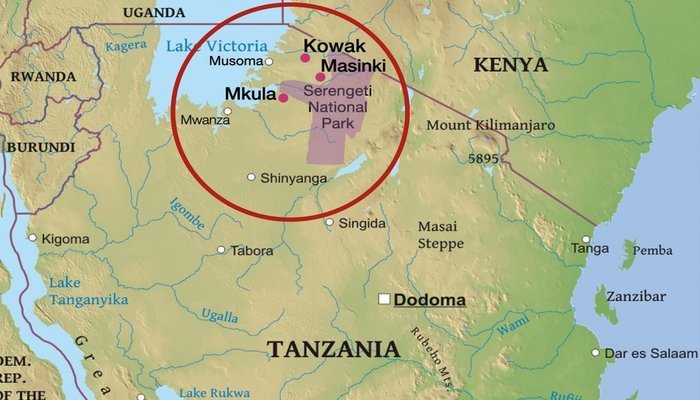
For many people, wild animals represent the essential spirit of Africa and there can be few places quite as wild and natural as the Serengeti which offers an immense degree of biodiversity and life and death dramas as daily events. The sheer scale of the wildlife activity is unmatched anywhere on Earth and, as an example, the famous annual wildebeest migration may involve as many as 1.5 million animals undertaking a journey which is both arduous and extremely hazardous involving such perils as crossing crocodile infested rivers.
Much of the Serengeti is located in the north-west of present day Tanzania where it reaches north as far as the Kenyan border. North of this border, it becomes the Maasai Mara National Reserve and on the Tanzanian side a major part has been designated and given special protected status as the Serengeti National Park. This area forms part of the larger Serengeti ecosystem which also includes the Loliondo Game control Area, Grumeti Game Reserve, Ikorongo Game Reserve, Maswa Game Reserve and the Ngorongoro Conservation Area.
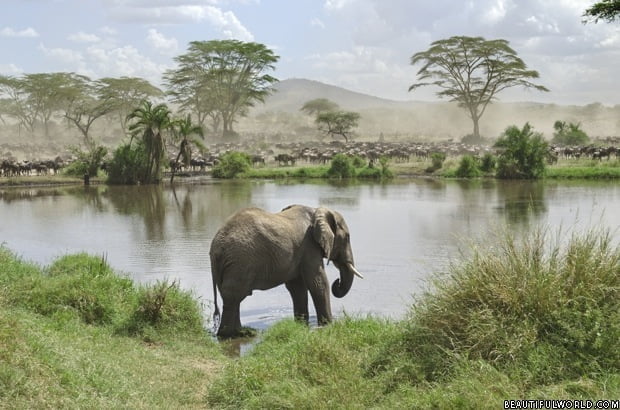
History of Serengeti National Park
Humankind has a long and deep connection with the Serengeti. The famous archaeological investigations at Olduvai Gorge in the nearby Ngorongoro Crater prove that people have roamed the savannah for the last two million years, making this one of the earliest places of human existence on earth.
Until the arrival of the first colonisers in 1913, the Serengeti way of life barely changed, providing a perfect balance of life. The country now called the United Republic of Tanzania has a long history of European colonialism, most recently involving the British and in years gone by many so-called “big game hunters” were attracted to the colony in order to slaughter some of the area’s most magnificent animals in the name of sport and trophy collecting. The animals at the top of the hunters’ lists were lions, leopards, cheetahs, elephants and rhinos all of which were plentiful in this region at that time. Predictably this resulted in a dramatic decline in the numbers of some species and, as an attempt to offer some degree of protection for the animals, the governing authorities at the time established a small game reserve of just 800 acres in 1921. This was later increased to become a full game reserve in 1929.
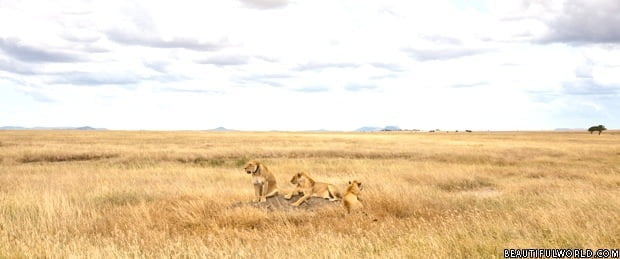
In 1959 the Serengeti National Park was established. However no human habitation was allowed within the park boundaries so British colonisers forcibly removed the Maasai tribes who had been living within the boundaries of the Serengeti National Park for hundreds of years. This was done under the pretence of protecting the parks wildlife, and has therefore understandably remained a controversial decision over the years. Whilst it remains possible to experience Maasai culture nearby, there are no Maasai tribes left in the Serengeti itself.
Geography
The Serengeti National Park covers an area of almost 5020 square miles (13,000 sq. km), and makes up part of a larger ecosystem, which also includes the Ngorongoro Crater and the Masai Mara Game Reserve in Kenya.
The Serengeti National Park is normally considered to consist of three distinct regions with the southernmost being Serengeti plains which is often considered to be the most iconic with vast almost treeless grasslands stretching out into the distance. The name “Serengeti” is derived from the Maasai word “Siringet” which means “The place where the land runs forever.” These are the plains where many of the areas grazing animals breed and raise their young. Although the wildebeest may be the most famous, there are also huge numbers of zebras, gazelles, impalas, hartebeest, buffalo and many more. Granite outcrops known as “Kopjes” or “Koppies” are a feature of this landscape and they offer excellent vantage points for both human observers and for the area’s predatory animals. The warm stone also attracts many lizards and snakes.
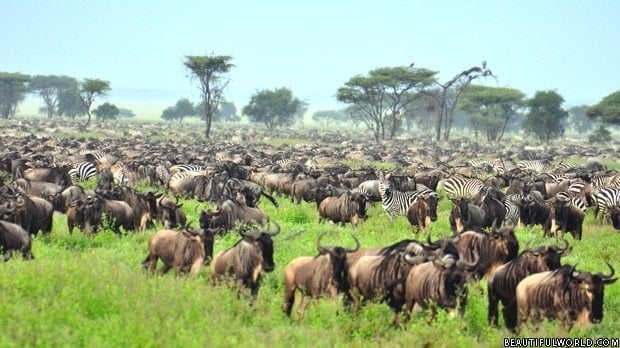
Leading on from this southerly area, the landscape changes from grassland to a swampy savannah with black clay soil. This area is usually referred to as the Western Corridor as it is one of the principal migratory routes involving perilous river crossings such as the notorious Grumeti River. This is where the deadly Nile crocodile can be found as well as the equally dangerous Hippopotamus.
Moving further northward leads to the Northern Serengeti which stretches as far as the Mara River on the Kenyan border. This is an area of open woodlands and hills inhabited by giraffes and elephants. When looking at a map of the Serengeti National Park it can be seen that it extends westwards in the direction of Lake Victoria, Africa’s largest lake, but stops just short meaning that the park has no shore frontage on the lake.
Wildebeest Migration
This is probably the most spectacular animal migration on Earth. Many species participate in this migration with zebras often preceding the wildebeest but the number of animals involved is quite staggering. Columns of wildebeest are often around 25 miles long. The Wildebeest calves are born between January and March with as many as 8000 being born each day at times but all must be ready to undertake the annual 600 mile round trip when the rains stop. There are two main routes with some animals going north across the Seronera valley and others choosing the western corridor. The river crossings are fraught with danger both from the physical difficulties of traversing the steep muddy terrain and swimming across the rain-swollen rivers but also from the monstrous Nile crocodiles laying in wait. Even a fully grown wildebeest can easily fall victim to these ferocious creatures. However most will successfully make the journey only to return with the rains and repeat the whole cycle twelve months later.
The Great Migration takes place each year at the end of the rainy season in May. The wildebeest mate and calve in the southern plains during the rains, and then when the land becomes parched, they flock towards the fertile northern plains. This tremendous migration, featuring more than a million wildebeest, as well as several thousand zebra, offers a great feast for the predators; lions and cheetah, who pursue the stampede. In November, the whole process takes place again in reverse, as they return to the grasslands to breed. This natural cycle is undeniably one of the most spectacular sights on earth.
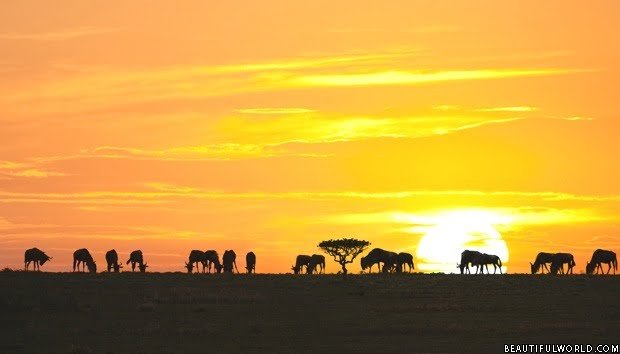
Serengeti National Park Animals
To give full details of all of the animals in this area would require a work of encyclopaedic proportions but it will probably suffice to say that most of Africa’s most iconic animals are present along with many smaller species such as baboon, monkey, serval cat, hyena, African wild dog and aardwolf. Over 500 species of birds can be found including ostrich, secretary bird, eagles and vultures. On a smaller scale there is a great diversity of insects and as an example there are 100 different varieties of dung beetle. The work of the park authorities in protecting the animals has resulted in some increases in elephant numbers which had declined due to poaching but the black rhinoceros is still very rare.
People of the Serengeti National Park
Officially the Serengeti National Park has no resident population. The Maasai people traditionally occupied this land and lived a semi-nomadic lifestyle dependant almost entirely on their cattle. Although most now live elsewhere, the old traditions live on and are proudly preserved. The Maasai had a particular reputation as ferocious warriors often fighting about grazing rights and part of their legendary toughness was demonstrated by their ability to survive in the most hostile of surroundings. It remains part of their culture that a young Maasai warrior should spend time alone in the Serengeti. Legend has it that such a solitary warrior must kill a lion but today this is probably unlikely and the Maasai tend to live in harmony with wildlife.
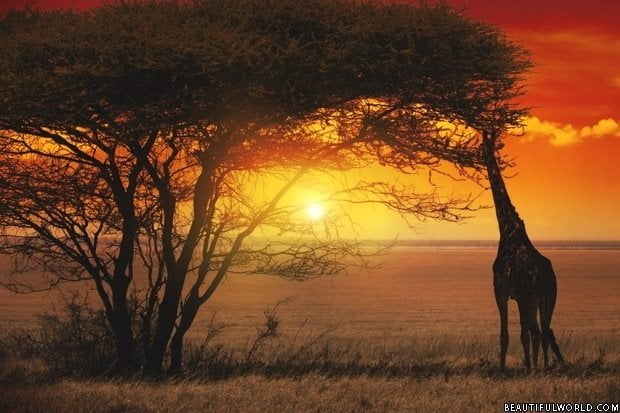
Serengeti National Park Climate
Being located in the tropics between 1 and 3 degrees south of the equator, the climate is generally hot with no traditional seasons such as those experienced in the temperate zones but in this area the word “season” normally refers to the rainfall. There are annual patterns of rainfall which almost always occur but in some years the timing may be slightly different and in some years the rains have completely failed but this is a rare occurrence. The usual pattern of events is that the so-called “short rains” fall from October to November being replaced by the “main rains” which continue until May with April having the most torrential downpours. When the rains stop in May, the plains become dry and parched and the grazing animals migrate to their northern feeding grounds.
Interesting Facts about Serengeti National Park
Seronera, the park’s headquarters, is the only permanently inhabited place in the Serengeti, populated by researchers. It is located within the central savannah region, with long grasses, wide acacia trees and plenty of opportunities to spot all of the Serengeti’s main wildlife.
Kopjes are the granite outcrops dotted around the plains of the Serengeti. They act as both lookout posts for predators, and hiding spots for prey. Furthermore, the kopjes even support their own ecosystems, with many plants and animals that wouldn’t be able to survive elsewhere in the Serengeti inhabiting the rock.
The Serengeti derives its name from the Maasai language, and aptly means “endless plains”.

Sadly, around 250,000 wildebeest die each year during the great annual wildebeest migration. The cause of death is often a result of thirst, exhaustion, hunger or predation.
What to do at Serengeti National Park
Unsurprisingly, Serengeti National Park is all about seeing and experiencing the park wildlife. The best option is to book a safari trip run by a tour operator. Most start in Arusha, though bare in mind that this is not a holiday for the budget conscious. Park fees alone are $50/day, plus an extra $30 for camping or vehicles. Safari tours will often offer an all-inclusive package, including accommodation, park fees, as well as a knowledgeable guide to take you to all the best areas.
In terms of attractions – if there ever was the perfect place for a hot air balloon ride – this is it. You can sail above the plains, spot wildlife and take in the enormity of the enchanting landscape. The most common thing to do at Serengeti National Park though, is taking photographs. Go snap happy and take home the most extraordinary photos you could imagine. A quick safety disclaimer though: don’t get too close to the animals.
How to get to the Serengeti National Park
Kilimanjaro International Airport is the most convenient airport for accessing the Serengeti National Park. Once at the airport, there are a number of buses and shuttle services that will take you on a 50km (31mi) journey to the town of Arusha; gateway to the Serengeti. Many safari tours start from Arusha and offer airport transfer services. Whilst less convenient, it’s also possible to get to Arusha from Nairobi airport, with both buses and tour services offering transfers daily.
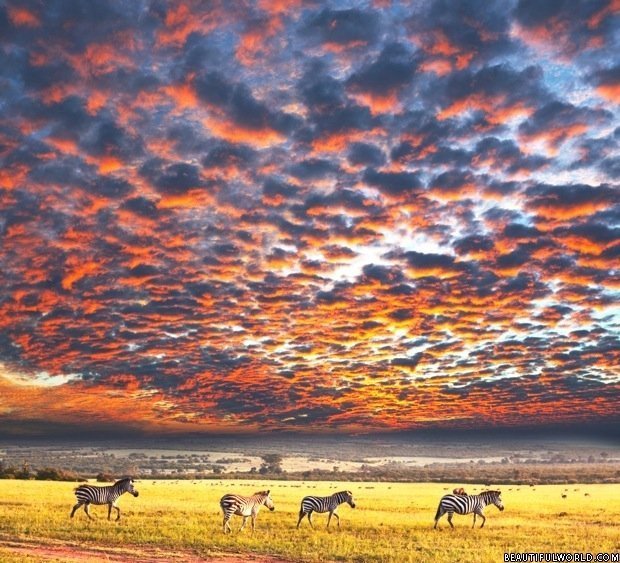
When to visit Serengeti National Park
When is the best time to visit Serengeti National Park? That depends entirely on the experience you are hoping for. Visit between January and February for the wildebeest calving, between June and September for general wildlife viewing and from June to July to be in with a chance of seeing wildebeest crossing the Grumeti River. In terms of weather, March and April is when the area experiences the greatest rainfall. The best weather is between June and October when there is virtually no rain.
Where to stay in Serengeti National Park
Staying in the Serengeti National Park for at least one night is an experience not to be missed: to watch the sun go down and the stars come out to the sound of cicadas and hooting birds is a magical experience.
Typically, if you have booked onto an organised Safari tour, you will stay in mobile camps, with limited facilities. Alternatively, you could stay in a Safari Lodge where you will be pampered with luxurious facilities and amenities. There are also a few luxury campsites within the park, along with a number of basic camping grounds. Note that in order to stay at one of the parks basic campsites, you will require permission from the Tanzanian National Parks Authority (TANAPA).

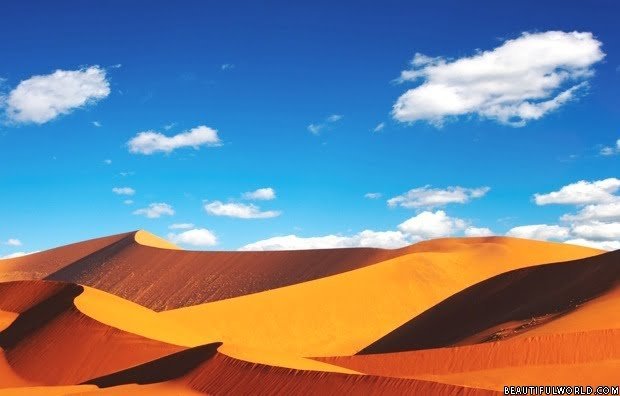
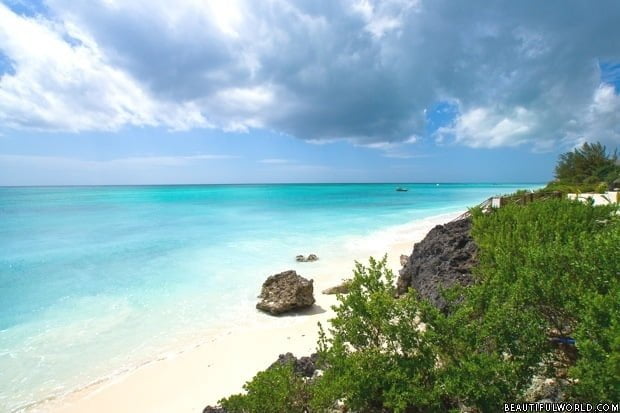
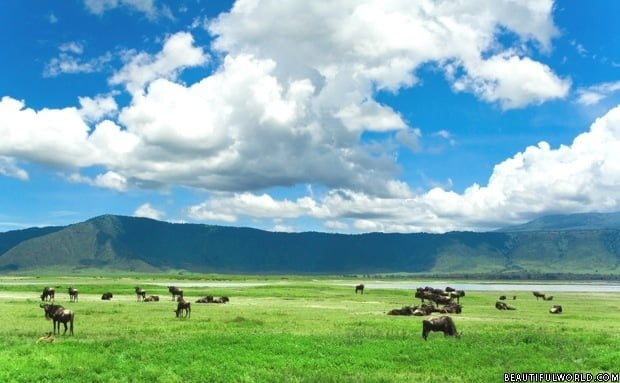
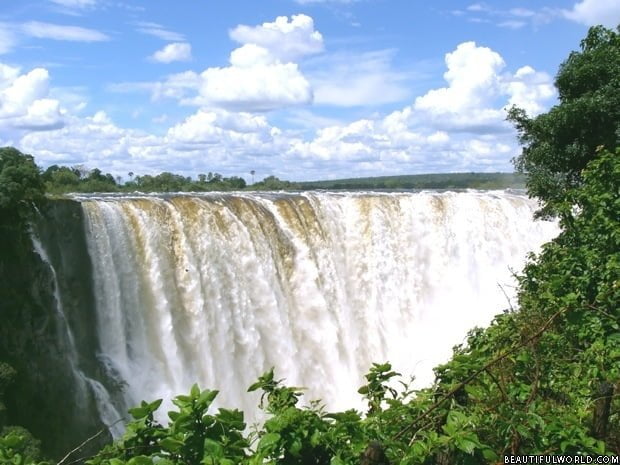
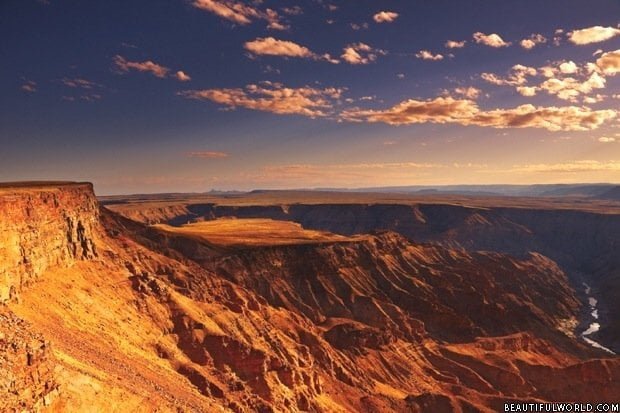

I have never gotten so much information on one place in my life. Your site is brilliant. I am bookmarking it right now! I am trying to plan a trip to Africa and debating on the route I want to go and which places I want to see. There will by 7 of us. This post was actually helpful. I think this made my list of must see destinations!
I am writing to request some information to help me plan for my 4 guests who are interested to visit Serengeti National park on 12th and 13th June 2017 arriving from Arusha and departure to Karagwe via Mwanza. Would you please give me the cost per person : tour fee, accommodation,meals and a like. These guests are not tourist per say they are coming to visit and support children with disability in our organization called Karagwe Community Based Rehabilitation Programmes, based in Karagwe Kagera. Please let me know all procedures to undertake for making this tour very possible, the early response will make us make necessary arrangements.
I wish to visit Serengeti in May with my husband and 2 daughters aged 17 years and 14 years. Please guide me about which zone is best for Safari for game viewing and provides a safe stay as well